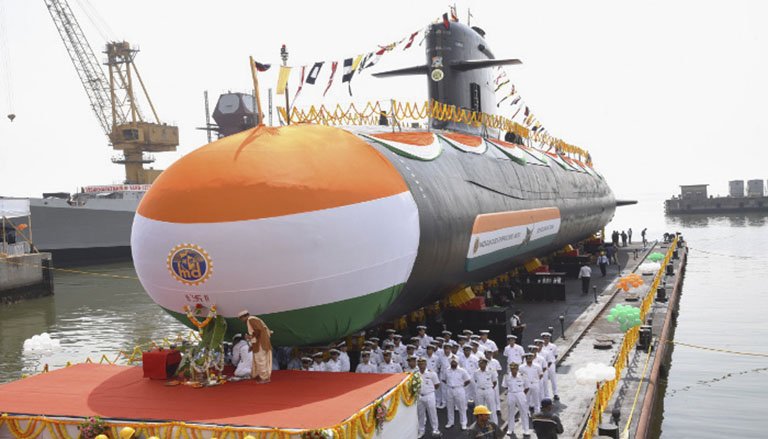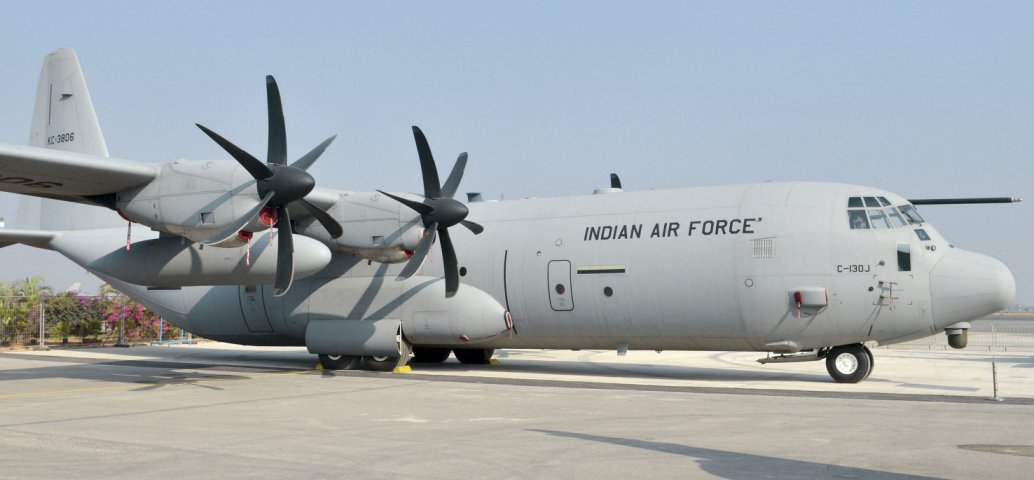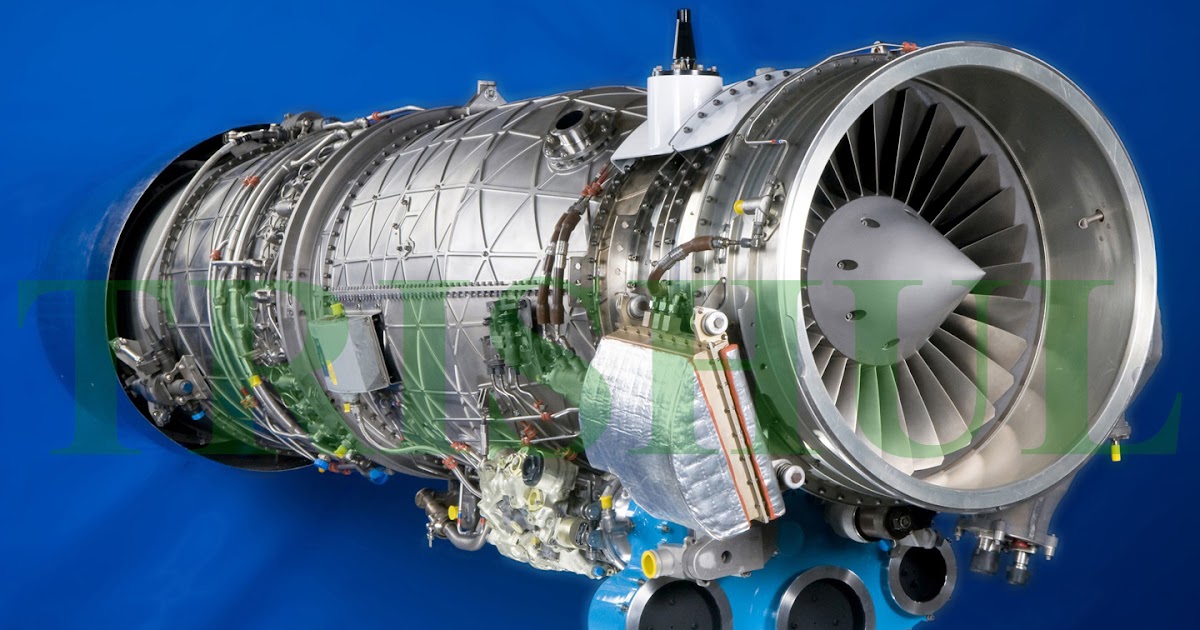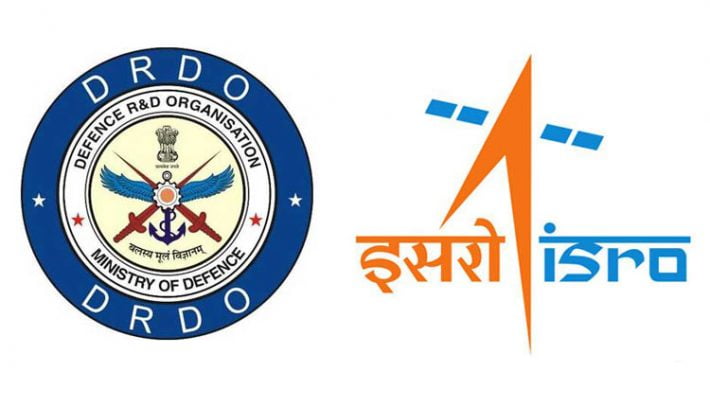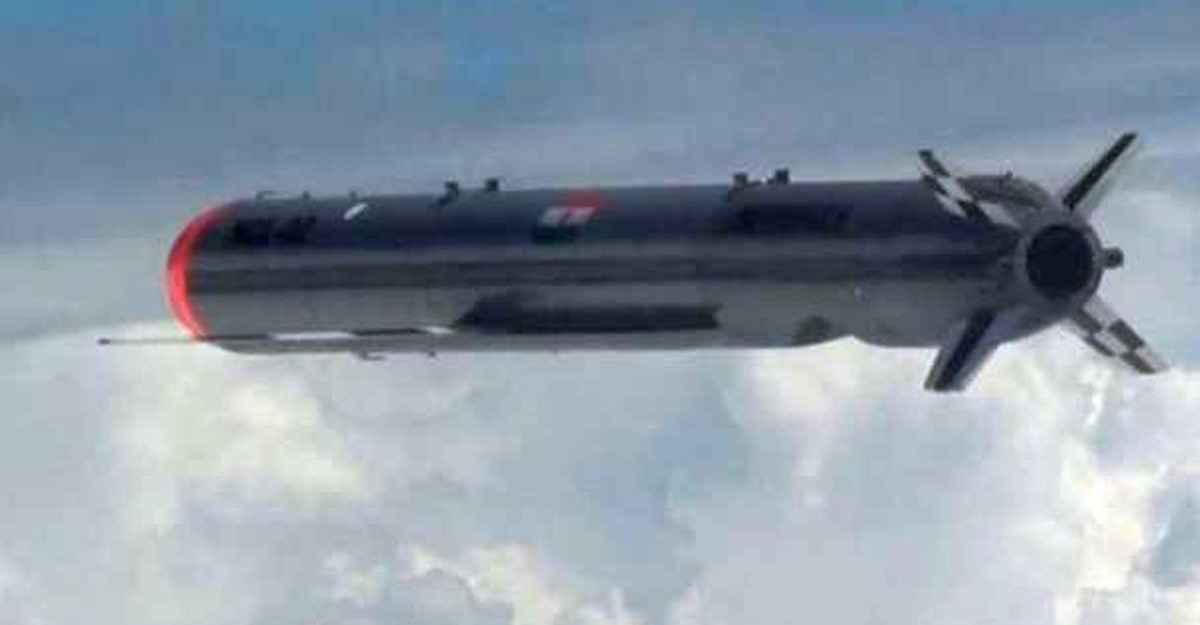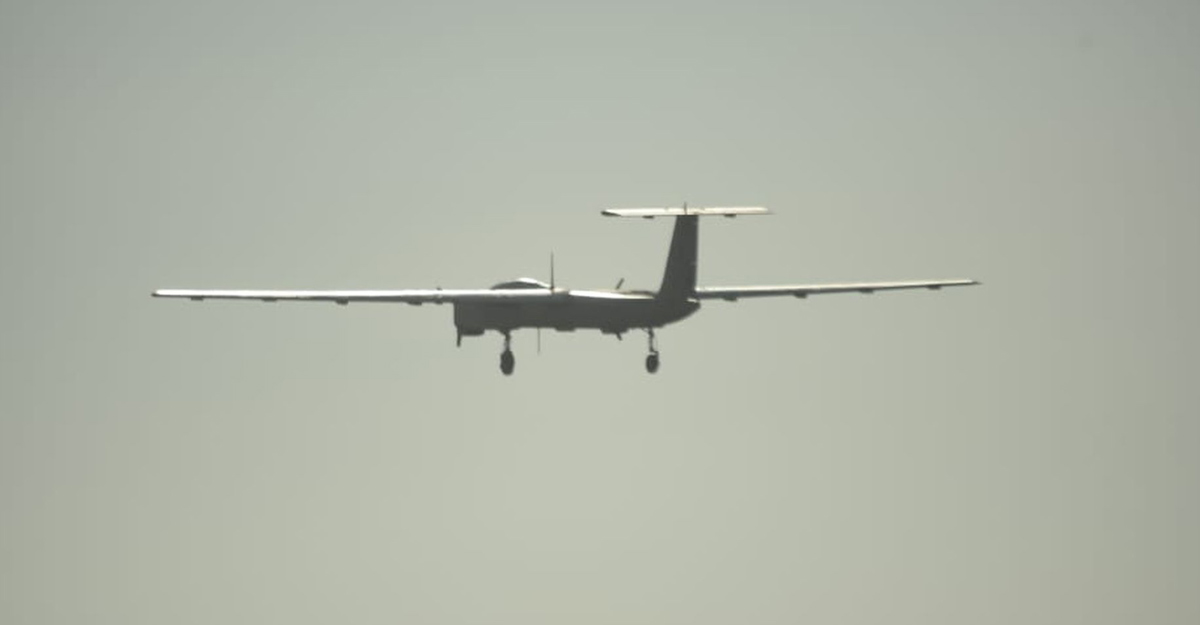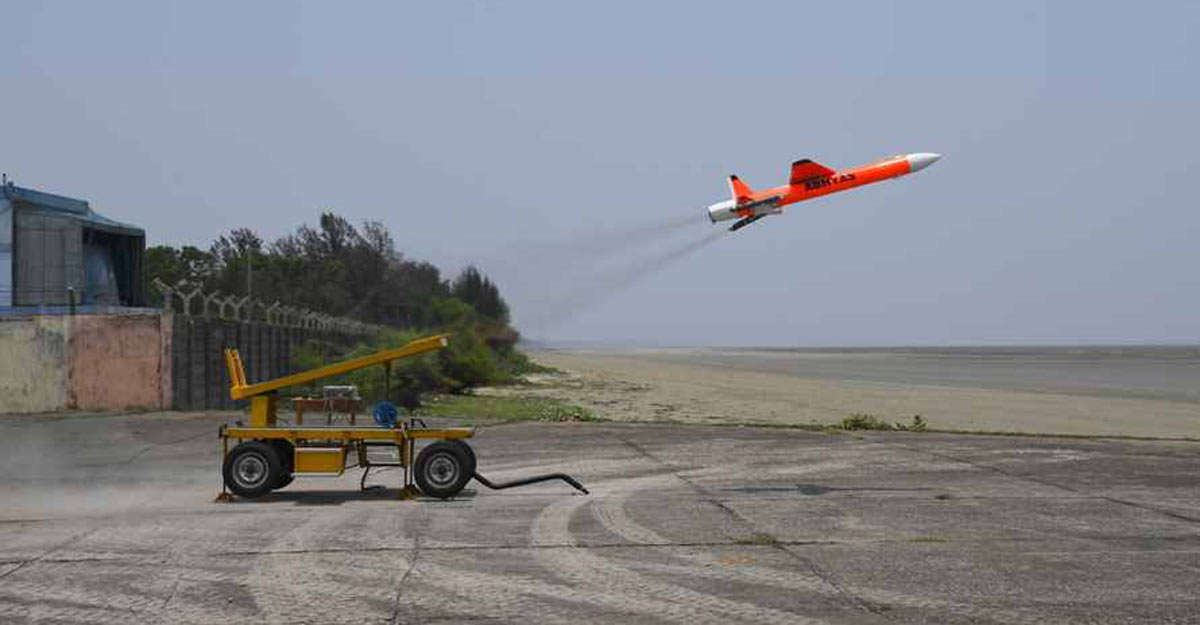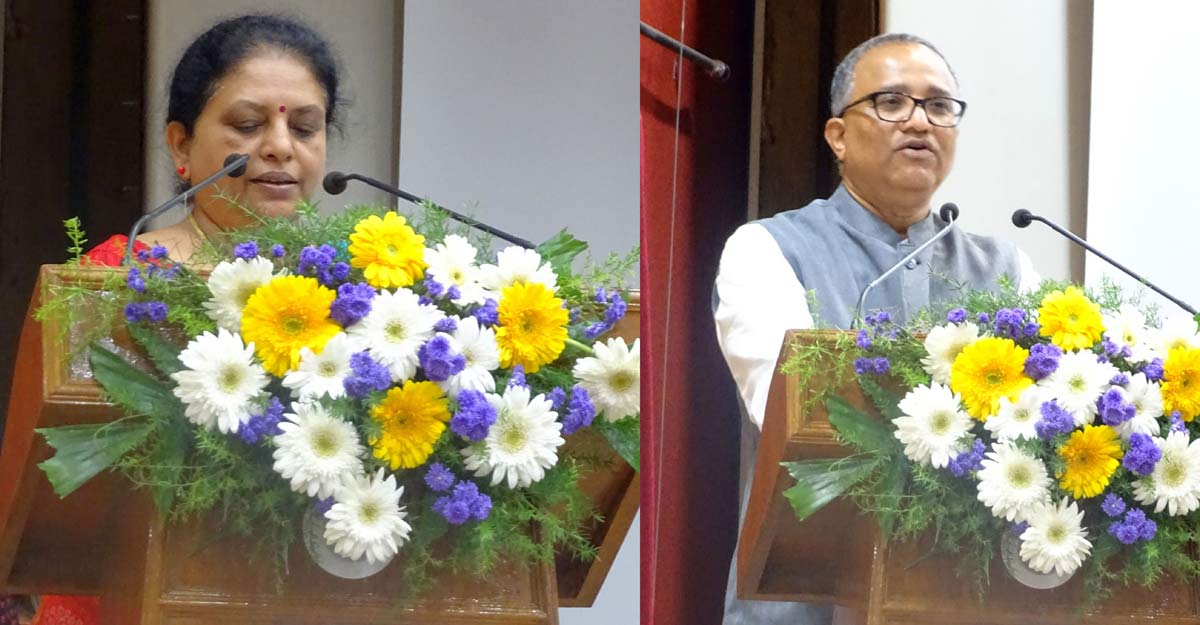Expert panel to help DRDO prepare for futuristic battles, defence needs
DRDO chief G Satheesh Reddy has constituted a five-member committee and asked it to submit its report within 45 days.

 www.hindustantimes.com
www.hindustantimes.com
The Defence Research and Development Organisation (DRDO) has set up an expert panel to review the charter of its laboratories and minimise the overlap of technologies they are working on at a time when self-reliance in the defence sector is a top priority for the government, people familiar with the development said on Wednesday.
DRDO chief G Satheesh Reddy has constituted the five-member committee under the chairmanship of Indian Institute of Technology, Delhi director V Ramagopal Rao and asked the panel to submit its report within 45 days, according to a government letter dated August 24 reviewed by Hindustan Times.
The mandate given to the expert panel includes suggesting measures to provide a push to Prime Minister Narendra Modi’s ‘Atmanirbhar Bharat Abhiyan’ (self-reliant India Movement) and cut dependence on imported weapons and systems, the officials cited above said on the condition of anonymity.
According to the letter, the terms of reference of the committee are to study and review the charter of duties of all DRDO labs, to redefine the charter of duties on the basis of current and futuristic defence and battlefield needs and to minimise the overlap of technologies amongst the labs.
The other members of the committee are Indian Air Force deputy chief Air Marshal Sandeep Singh, Vikram Sarabhai Space Centre director S Somanath, Instruments Research & Development Establishment (a Dehradun-based DRDO lab) director Benjamin Lionel and Director General-Naval Systems and Materials Samir V Kamath. The chairman of the committee may co-opt subject specialists as invitees to specific meetings, the letter said.
This is a long overdue review and the committee needs to critically, and clinically, analyse the work of the 57 DRDO labs since their inception vis-a-vis their outputs that have seen deployment with the armed forces, and not just their theoretical claims, said Air Vice Marshal Manmohan Bahadur (retd), additional director general, Centre for Air Power Studies.
“Money for R&D is scarce and must be used judiciously if the Atmanirbhar Abhiyaan is to move forward,” Bahadur said.
The August 24 letter came on a day the Appointments Committee of the Cabinet approved the extension of DRDO chief Reddy’s term by two years with effect from August 26. He was appointed to the post two years ago.
Before that, Reddy was the scientific adviser to the defence minister, a charge he was given in June 2015.
From mini unmanned aerial vehicles to fire detection systems and bullet proof vehicles to tank transporters, the Defence Research and Development Organisation (DRDO) has come out with a list of 108 systems and sub-systems that it will help the Indian industry design and develop to strengthen the local defence ecosystem.
A DRDO delegation met defence minister Rajnath Singh on Monday and briefed him on the 108 defence items identified for local production by the industry to achieve self-reliance in the defence sector. It will also allow the DRDO to sharpen its focus on advanced technologies, the defence ministry said.
Several steps have been taken in the past to make the DRDO more competitive and accountable. These include decentralising the DRDO’s management by merging its labs to form seven clusters based on technology domains such as missiles, electronic warfare, radars, aerial vehicles and underwater weapons. The recommendations made by the P Rama Rao Committee in February 2008 — the DRDO’s first external review — formed the bedrock of the roadmap for restructuring the R&D body.
DRDO chief G Satheesh Reddy has constituted a five-member committee and asked it to submit its report within 45 days.

Expert panel to help DRDO prepare for futuristic battles, defence needs
DRDO chief G Satheesh Reddy has constituted a five-member committee and asked it to submit its report within 45 days.
The Defence Research and Development Organisation (DRDO) has set up an expert panel to review the charter of its laboratories and minimise the overlap of technologies they are working on at a time when self-reliance in the defence sector is a top priority for the government, people familiar with the development said on Wednesday.
DRDO chief G Satheesh Reddy has constituted the five-member committee under the chairmanship of Indian Institute of Technology, Delhi director V Ramagopal Rao and asked the panel to submit its report within 45 days, according to a government letter dated August 24 reviewed by Hindustan Times.
The mandate given to the expert panel includes suggesting measures to provide a push to Prime Minister Narendra Modi’s ‘Atmanirbhar Bharat Abhiyan’ (self-reliant India Movement) and cut dependence on imported weapons and systems, the officials cited above said on the condition of anonymity.
According to the letter, the terms of reference of the committee are to study and review the charter of duties of all DRDO labs, to redefine the charter of duties on the basis of current and futuristic defence and battlefield needs and to minimise the overlap of technologies amongst the labs.
The other members of the committee are Indian Air Force deputy chief Air Marshal Sandeep Singh, Vikram Sarabhai Space Centre director S Somanath, Instruments Research & Development Establishment (a Dehradun-based DRDO lab) director Benjamin Lionel and Director General-Naval Systems and Materials Samir V Kamath. The chairman of the committee may co-opt subject specialists as invitees to specific meetings, the letter said.
This is a long overdue review and the committee needs to critically, and clinically, analyse the work of the 57 DRDO labs since their inception vis-a-vis their outputs that have seen deployment with the armed forces, and not just their theoretical claims, said Air Vice Marshal Manmohan Bahadur (retd), additional director general, Centre for Air Power Studies.
“Money for R&D is scarce and must be used judiciously if the Atmanirbhar Abhiyaan is to move forward,” Bahadur said.
The August 24 letter came on a day the Appointments Committee of the Cabinet approved the extension of DRDO chief Reddy’s term by two years with effect from August 26. He was appointed to the post two years ago.
Before that, Reddy was the scientific adviser to the defence minister, a charge he was given in June 2015.
From mini unmanned aerial vehicles to fire detection systems and bullet proof vehicles to tank transporters, the Defence Research and Development Organisation (DRDO) has come out with a list of 108 systems and sub-systems that it will help the Indian industry design and develop to strengthen the local defence ecosystem.
A DRDO delegation met defence minister Rajnath Singh on Monday and briefed him on the 108 defence items identified for local production by the industry to achieve self-reliance in the defence sector. It will also allow the DRDO to sharpen its focus on advanced technologies, the defence ministry said.
Several steps have been taken in the past to make the DRDO more competitive and accountable. These include decentralising the DRDO’s management by merging its labs to form seven clusters based on technology domains such as missiles, electronic warfare, radars, aerial vehicles and underwater weapons. The recommendations made by the P Rama Rao Committee in February 2008 — the DRDO’s first external review — formed the bedrock of the roadmap for restructuring the R&D body.
Last edited:






